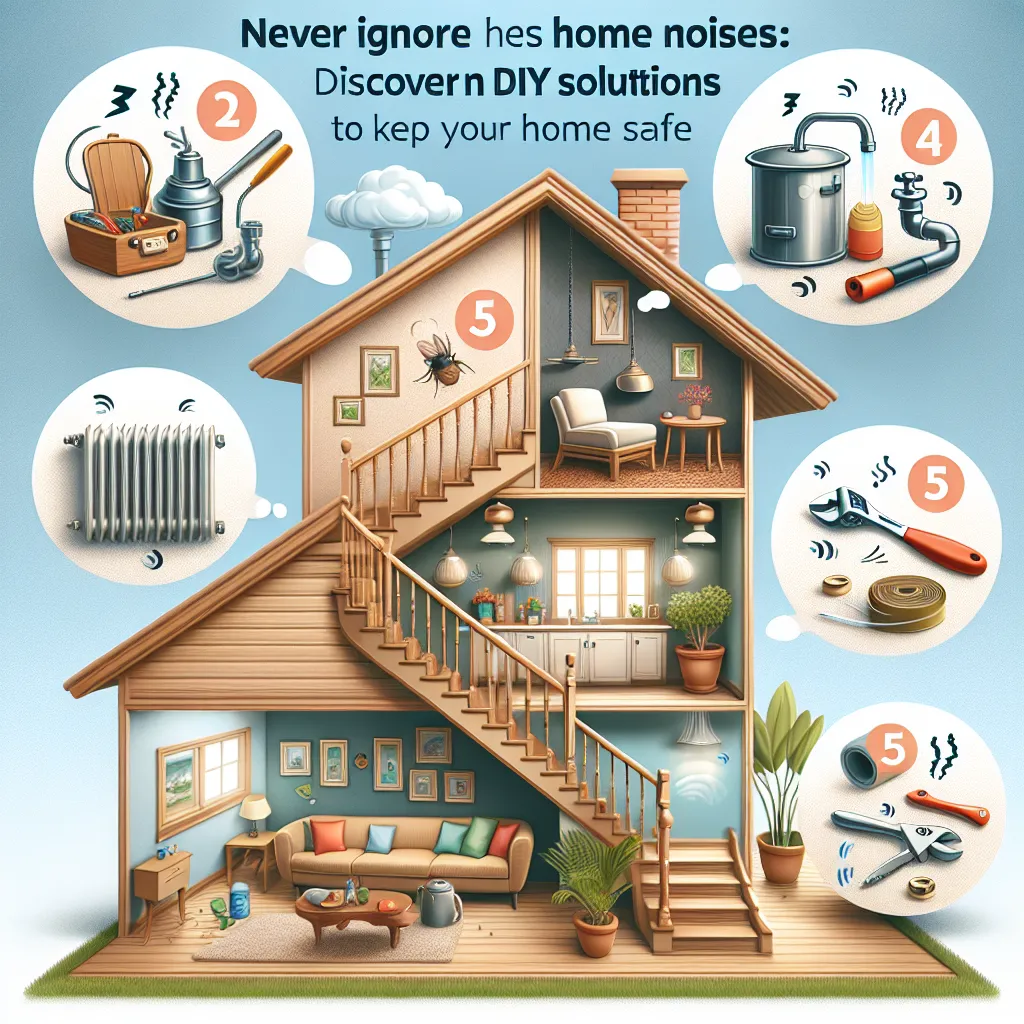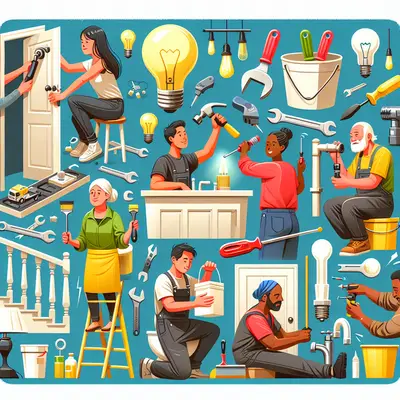Noisy Pipes
Ever heard a loud banging noise coming from your pipes when you turn off the water? This could be due to a phenomenon known as water hammer. This happens when water in the pipes suddenly halts, causing a shock wave and resulting in the banging noise.
A DIY solution to this problem is to install water hammer arrestors, which can absorb the shock wave, reducing the noise and potential damage to your pipes. These devices are relatively affordable and can be installed easily with the right tools and instructions.
Buzzing Electrical Outlets
A buzzing sound coming from your electrical outlets is a serious concern as it could indicate a loose connection or faulty wiring. This could lead to dangerous situations like electrical fires.
Before you begin, it's important to shut off the circuit breaker. Then, use a voltage tester to ensure the outlet is safe to touch. Loosen the screws holding the outlet in place, and check for any loose wires. If you spot any, secure them back into place and tighten the screws.
If the buzzing persists, it's best to call a professional electrician as handling electricity can be dangerous without proper training.
Squeaky Floors
Squeaky floors can be annoying, but they can also indicate structural problems in your home. Often, the squeaking is caused by loose floorboards rubbing against each other or against the nails.
A simple DIY solution is to sprinkle talcum powder over the squeaky area, allowing it to seep into the cracks. The powder acts as a lubricant, reducing the friction and hence the noise.
Hissing Gas Appliances
If you hear a hissing noise around your gas appliances, you could have a gas leak. This can be dangerous as it increases the risk of fire or explosion.
At the first sign of a hissing sound, shut off your gas supply and ventilate the area by opening windows and doors. Do not attempt a DIY fix for this issue. Instead, immediately call a professional gas technician to inspect and fix the leak.
Whistling Windows or Doors
A whistling noise coming from windows or doors usually indicates a gap or crack in the seal, allowing air to escape and create a whistling sound. This can lead to increased heating and cooling costs.
A cost-effective DIY fix is to apply weatherstripping. Select the appropriate type for your window or door, cut it to the required length, and apply it following the instructions on the package.
Conclusion
Taking note of these noises and addressing them promptly can potentially save you from more severe home repairs down the line. Remember, while some issues can be resolved with DIY solutions, it's essential to call in professionals when dealing with potentially hazardous situations like gas leaks or electrical problems. Stay safe and vigilant, and your home will remain a comfortable haven.



